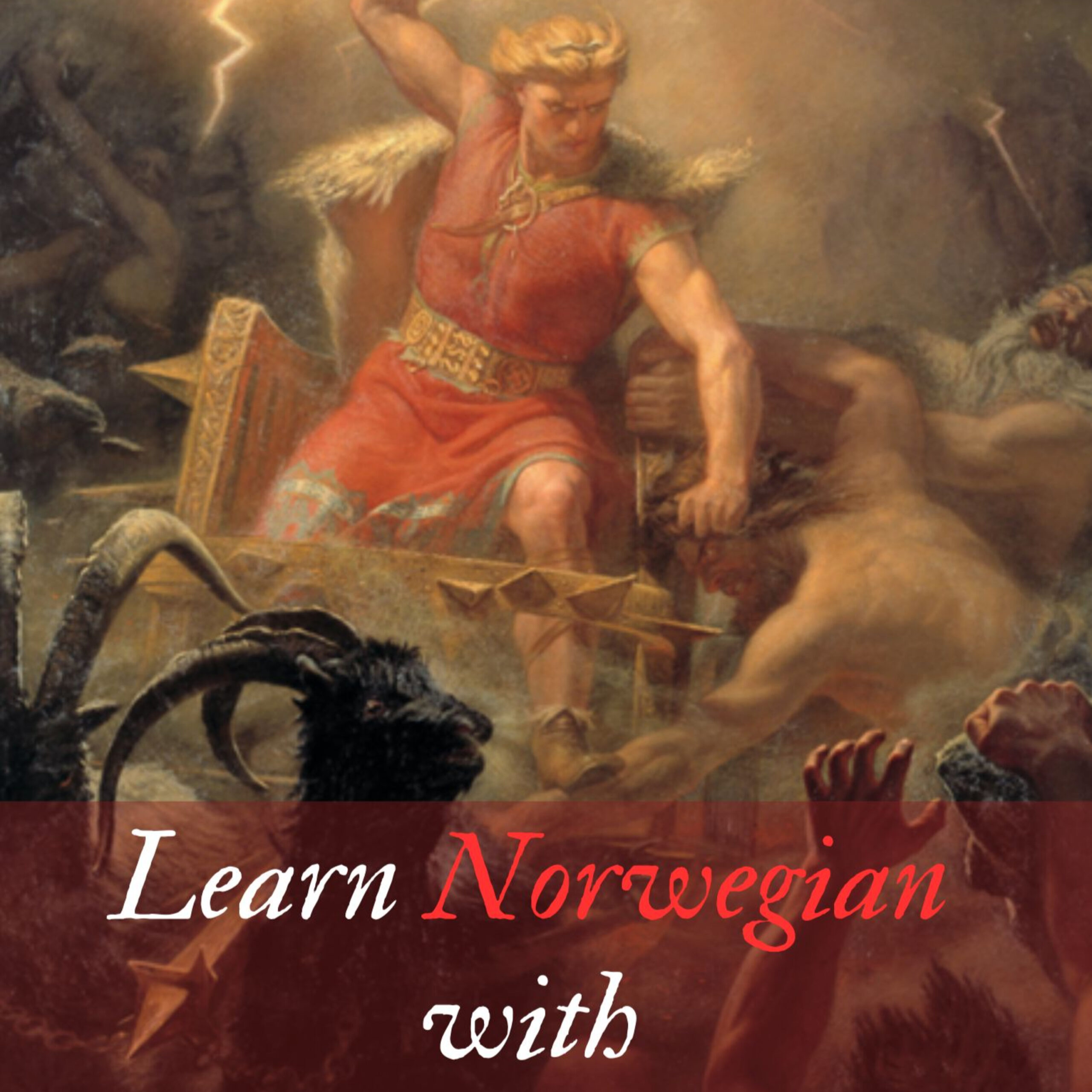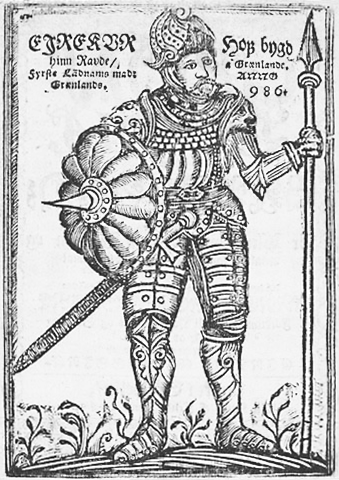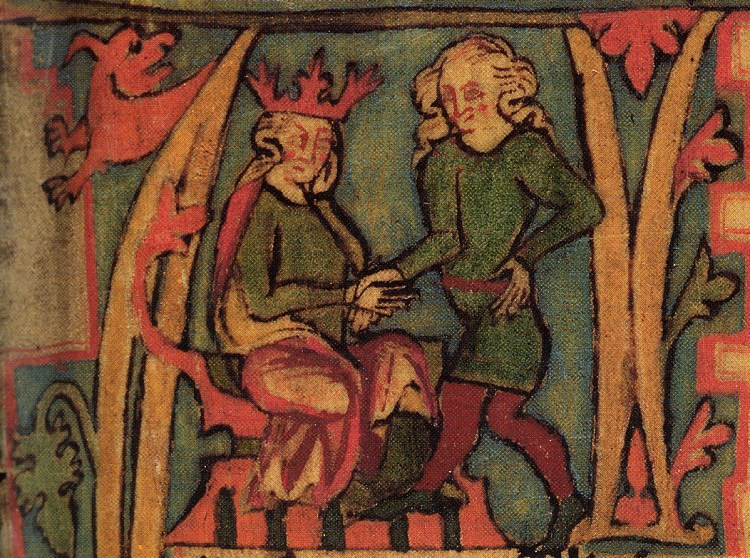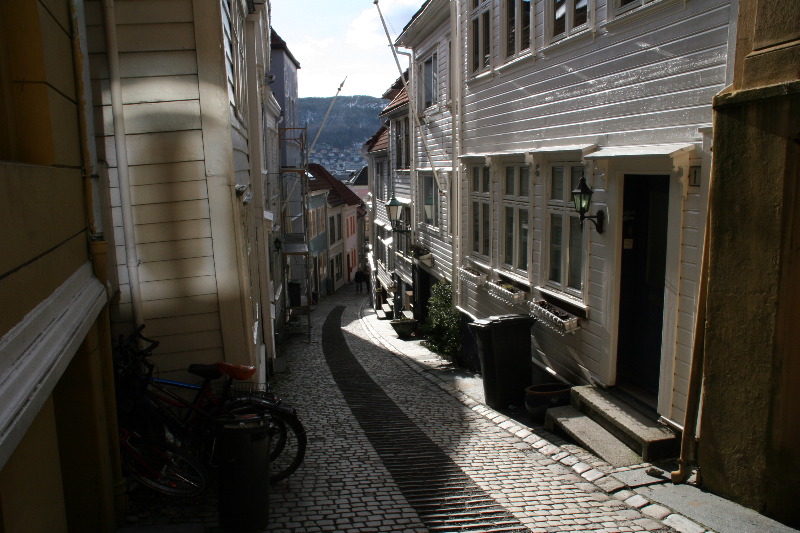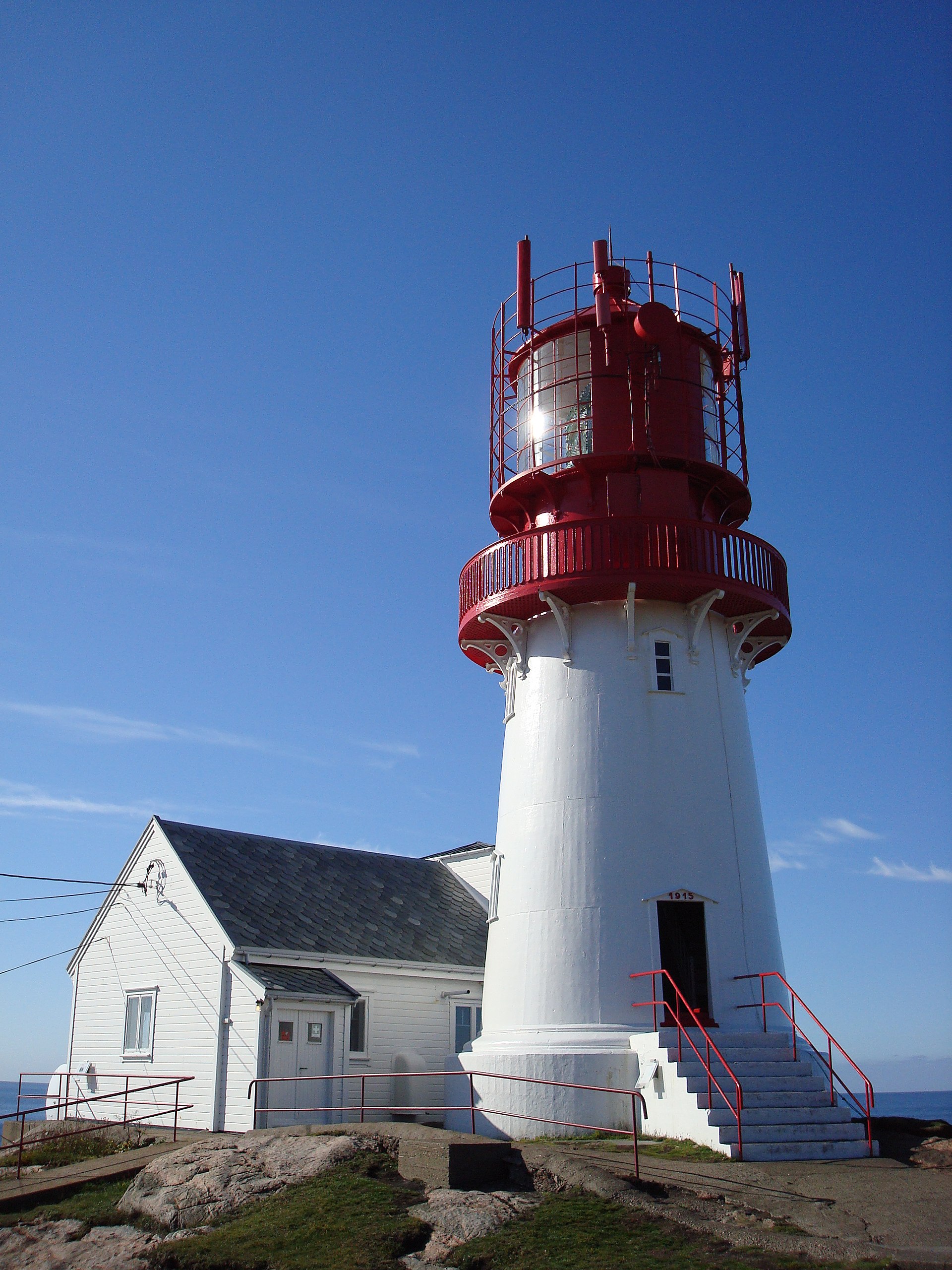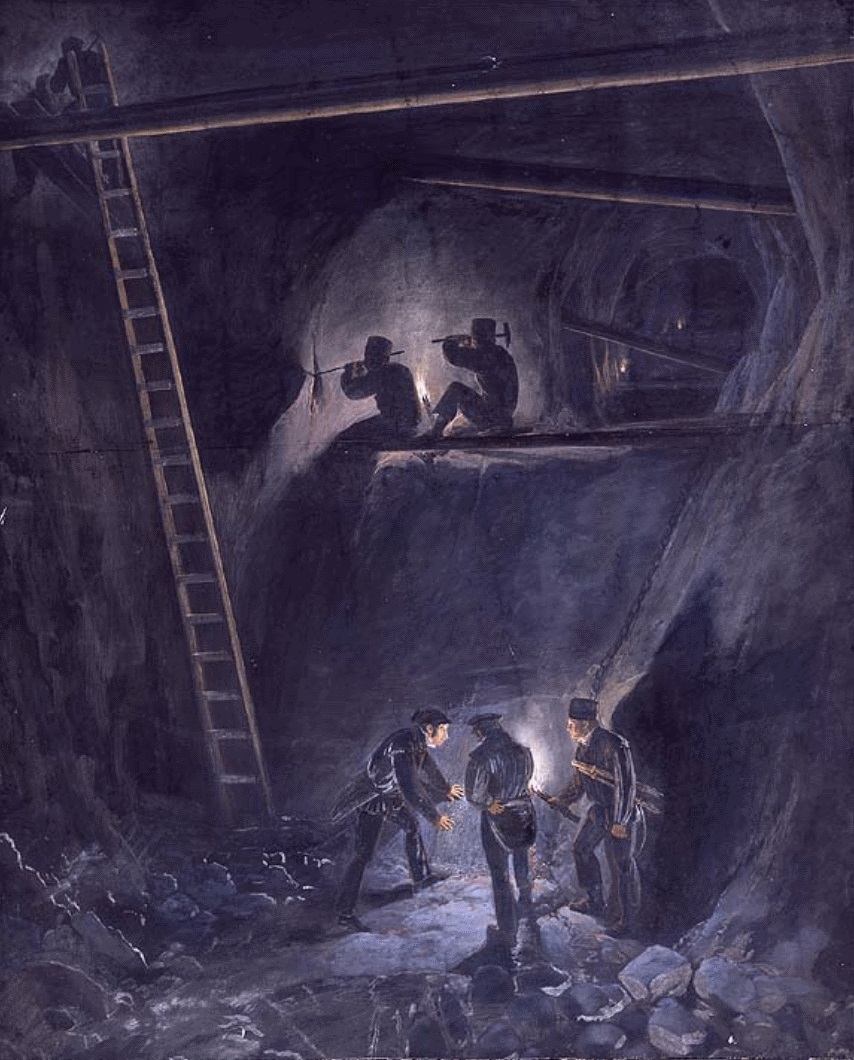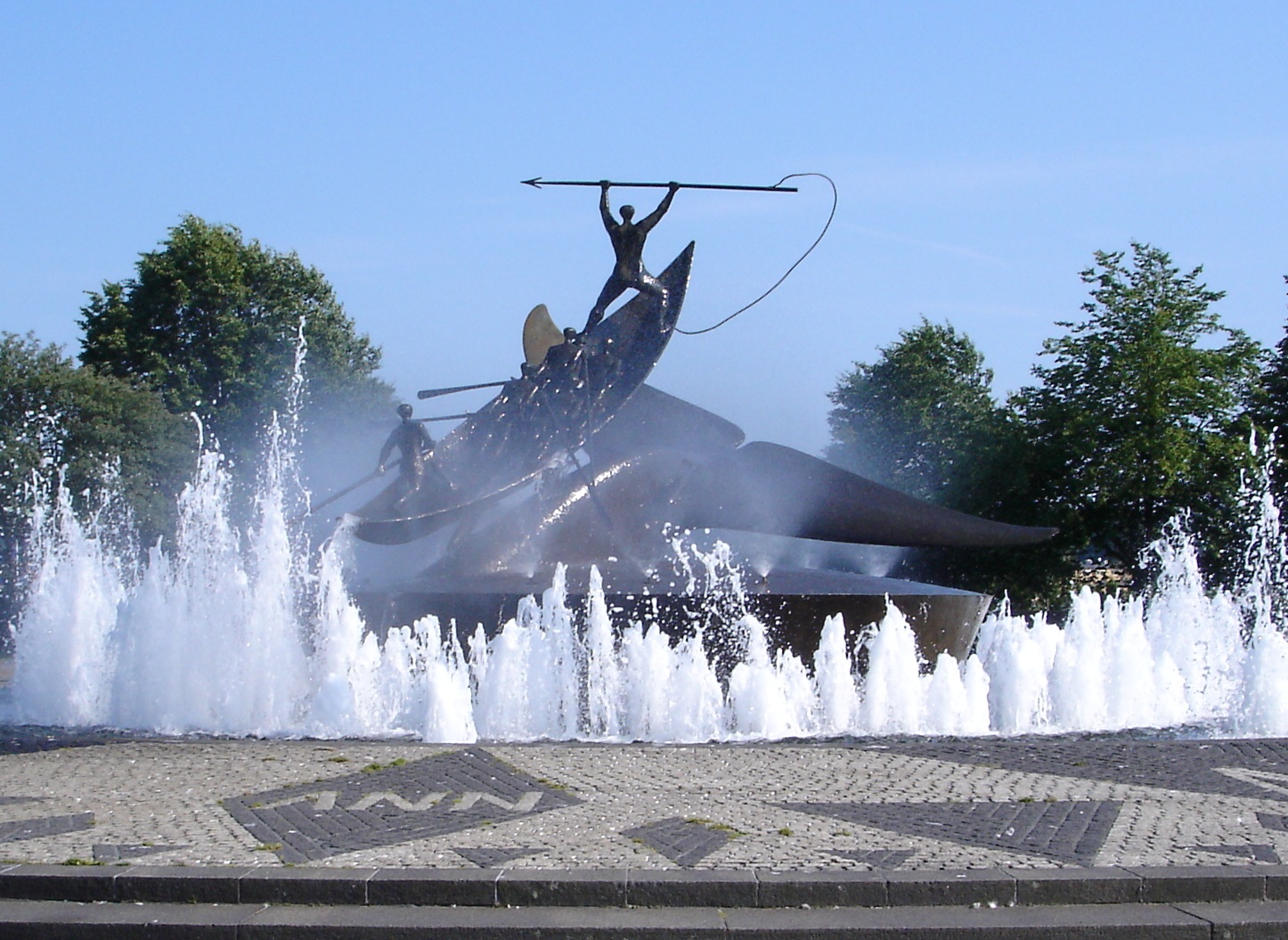How Old is Norse Mythology?
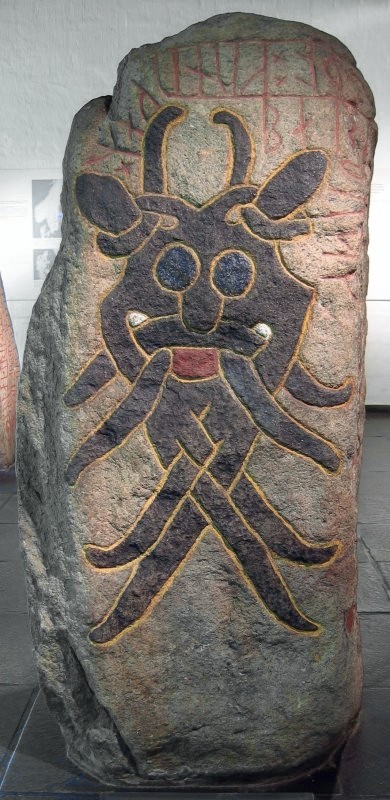
We know that Norse mythology was a part of daily life for people who spoke Old Norse. This language was used from around the year 700. People living in Scandinavia at the time told Norse myths to each other. These myths were an important part of Viking culture, society, and religion. Many scholars, however, believe that Norse myths are even older. They think that Norse mythology originated long before the year 700. For example, archaeological evidence mentioning Odin dates back to the year 400.
